Virtual Reality Retail Market Summary
As per Market Research Future analysis, the Virtual Reality in Retail Market was estimated at 3.97 USD Billion in 2024. The Virtual Reality in Retail industry is projected to grow from 4.827 USD Billion in 2025 to 34.1 USD Billion by 2035, exhibiting a compound annual growth rate (CAGR) of 21.59% during the forecast period 2025 - 2035
Key Market Trends & Highlights
The Virtual Reality in Retail Market is poised for substantial growth driven by technological advancements and evolving consumer preferences.
- Enhanced customer engagement through immersive experiences is becoming a pivotal trend in the retail sector.
- Personalized shopping experiences are increasingly facilitated by virtual reality, catering to individual consumer preferences.
- North America remains the largest market for virtual reality in retail, while Asia-Pacific is recognized as the fastest-growing region.
- Technological advancements in VR and changing consumer preferences are key drivers propelling market expansion.
Market Size & Forecast
| 2024 Market Size | 3.97 (USD Billion) |
| 2035 Market Size | 34.1 (USD Billion) |
| CAGR (2025 - 2035) | 21.59% |
Major Players
Meta Platforms Inc (US), Microsoft Corporation (US), NVIDIA Corporation (US), Sony Corporation (JP), HTC Corporation (TW), Google LLC (US), Samsung Electronics Co Ltd (KR), Unity Technologies Inc (US), Epic Games Inc (US)


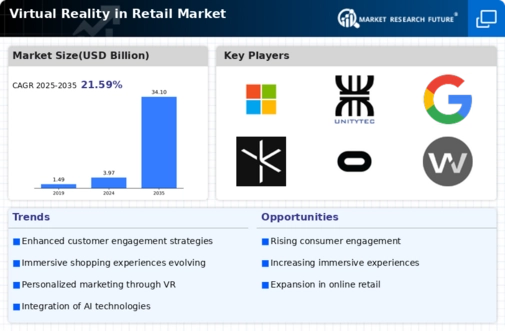

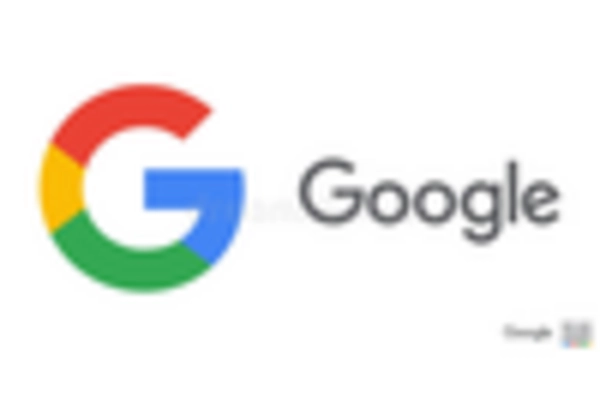


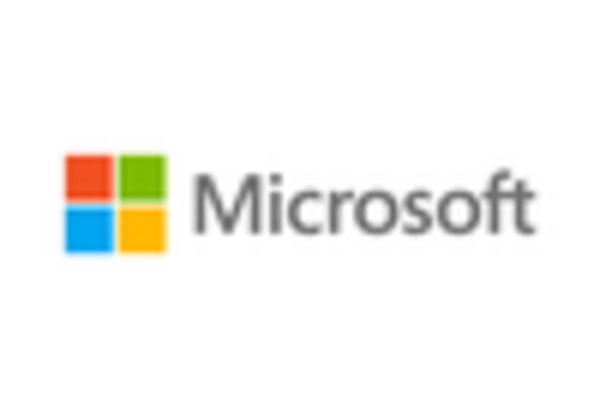
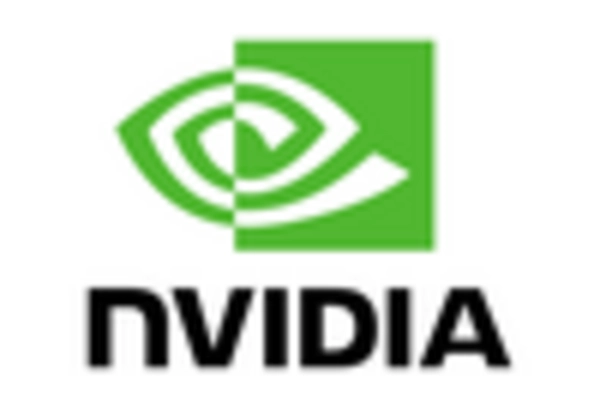
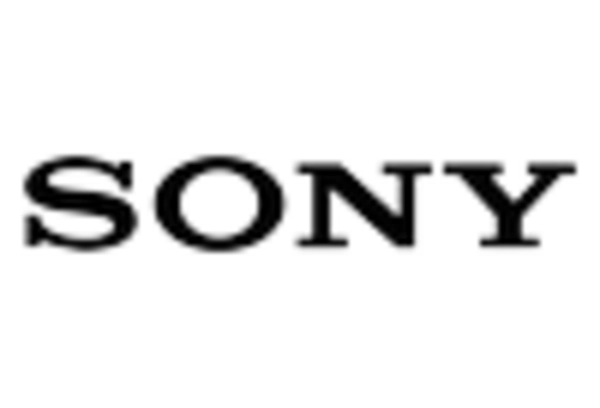








Leave a Comment